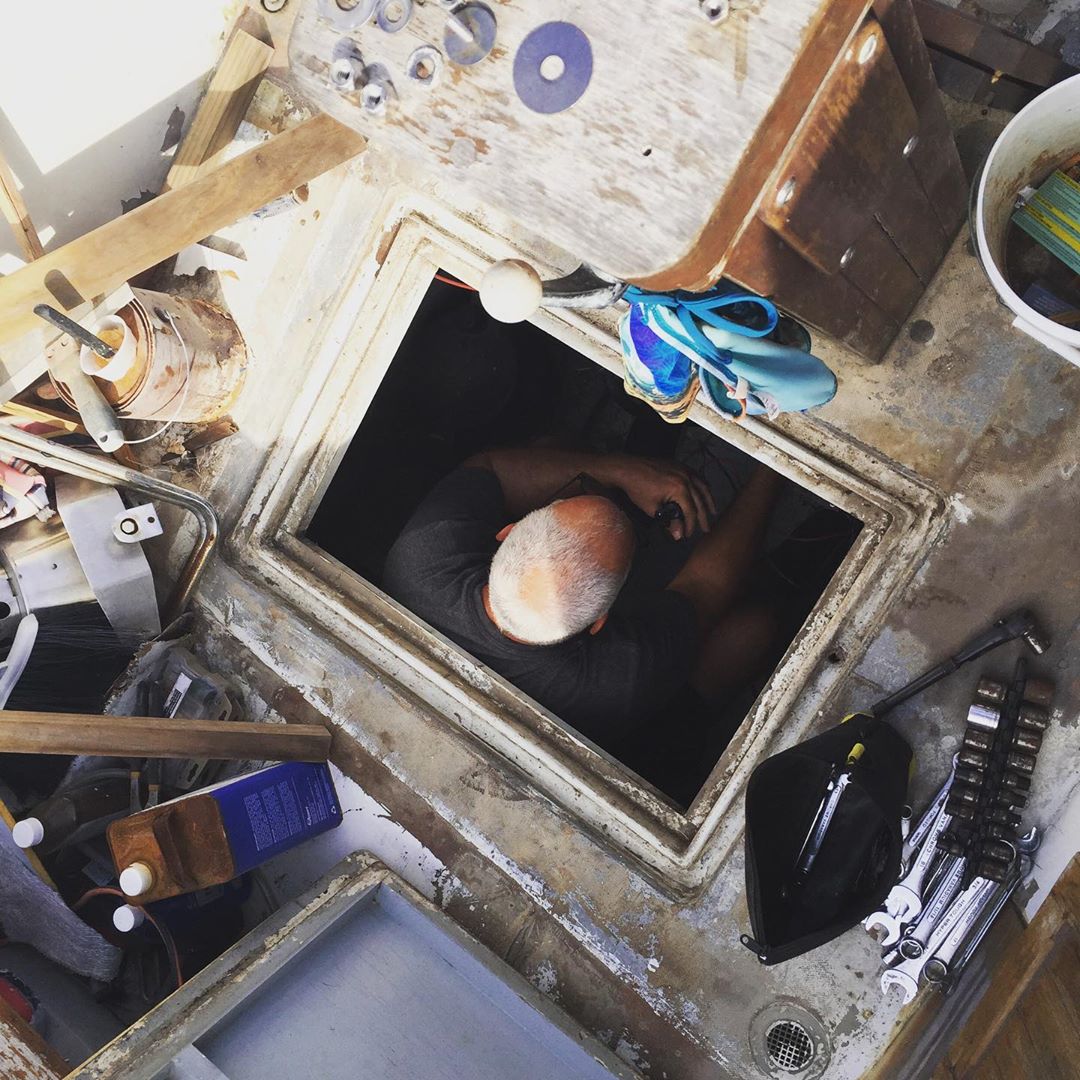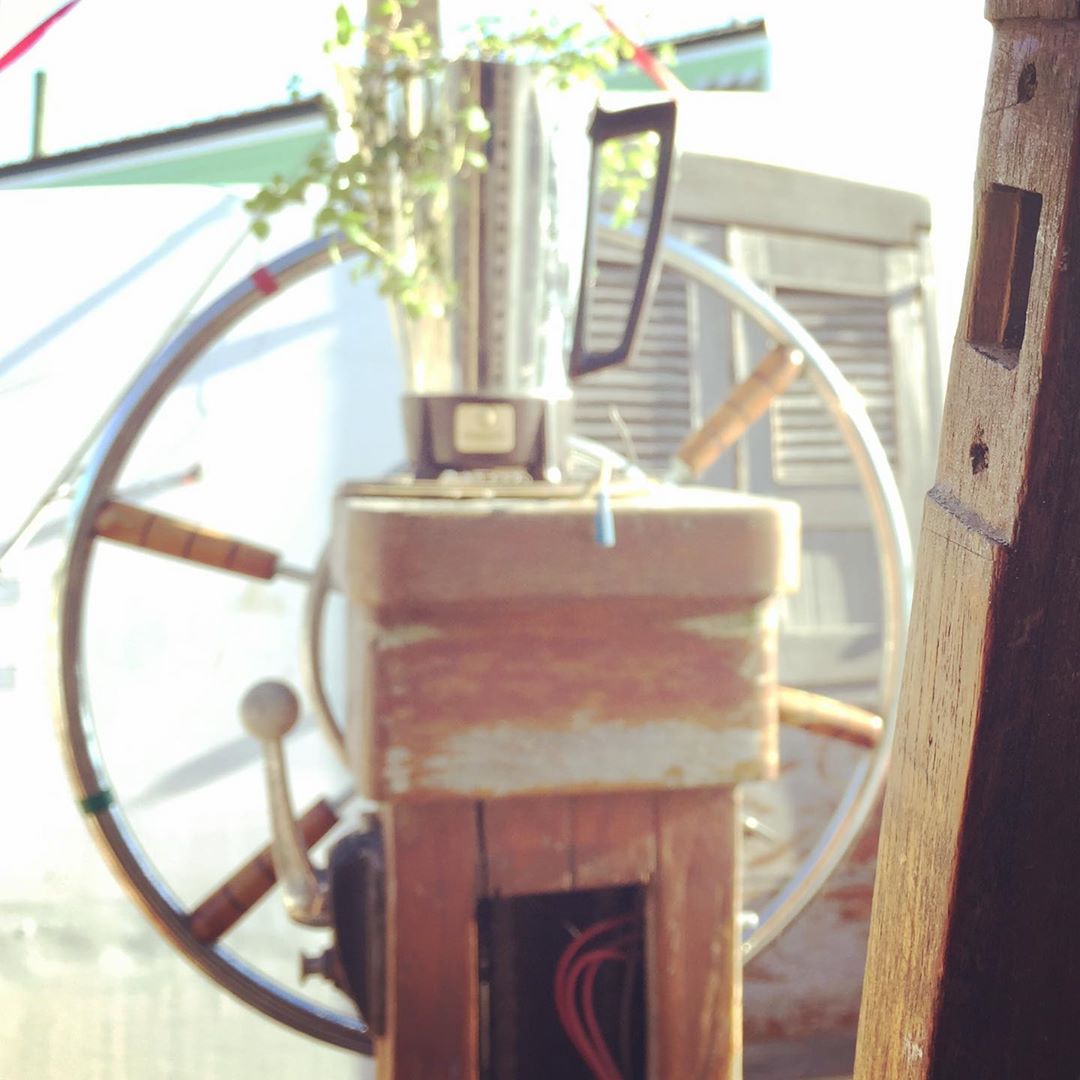The last few months we’ve been living on the boat using a couple of heavy duty extension cords to keep the few things we use running. Namely, the refrigerator, a couple of small space heaters, and charging up laptops, etc. It isn’t ideal as sailboat power goes, but we get by. The marina charges us separately for the electricity we use, which means they know exactly how much we’ve been using.
In 2016, the average annual electricity consumption for a U.S. residential utility customer was 10,766 kilowatt-hours (kWh), an average of 897 kWh per month. Louisiana had the highest annual electricity consumption at 14,881 kWh per residential customer and Hawaii had the lowest at 6,061 kWh per residential customer.
In November we used 440 kilowatts which is about half what the average American uses. More interestingly, we’re in Louisiana, so it’s one third of that average. After several attempts to use our marina usage to calculate the size battery bank we need, I realized that was foolish. It isn’t representative at all. The numbers just kept coming out weird. It’s hard to explain.
Instead, I’m going to use “Comps” – Comparable Boats and their usage. Remember, we’re not trying to live a less modern life, so computers, internet, television are all niceties we intend on having on-board and that’s going to use a lot of power. In this post I want to outline the pieces and follow-up posts will unpack those pieces.
What we’ll look at
- This is part one – pay attention.
- Part II: Batteries – This is the core of the electrical system.
- Part III: Charging – Dead batteries are useless so they need to be charged constantly.
- Inverter – some things don’t run well on batteries (DC) so we need some AC
- Efficiency and Scalability






[…] If you missed Part 1, here it is. Sailboat Power. […]
[…] the first two installments of this series, we gave the overview, and in part 2, we took a dizzying look at batteries. Having decided on the batteries we’re […]